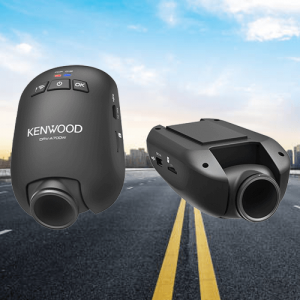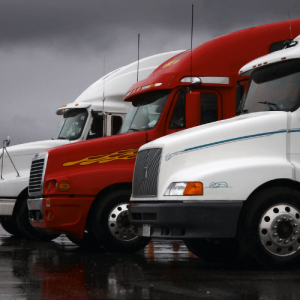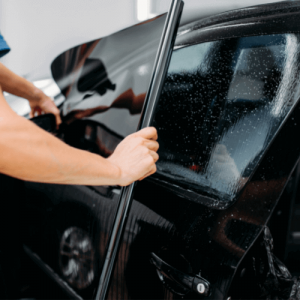No products in the cart.
How to Keep Your Work Site Safe If Reversing Cannot Be Avoided
Many serious injuries or even deaths involving service vehicles and trucks at work happen during reversing, and poor visibility if often seen as the main culprit. These accidents that involve reversing vehicles translate to hospitalization costs, repairs of damaged vehicles and facilities and lost productive hours. To put an end to these accidents (and the costs that it entails), business owners and managers can tap into a number of measures that can help reduce the risks associated with reversing accidents. And perhaps the most effective way to avoid these reversing-related accidents is to remove the need for reversing. But if eliminating reversing is not part of the options, then there are still a number of steps that can be taken to make the work site safer and more productive.
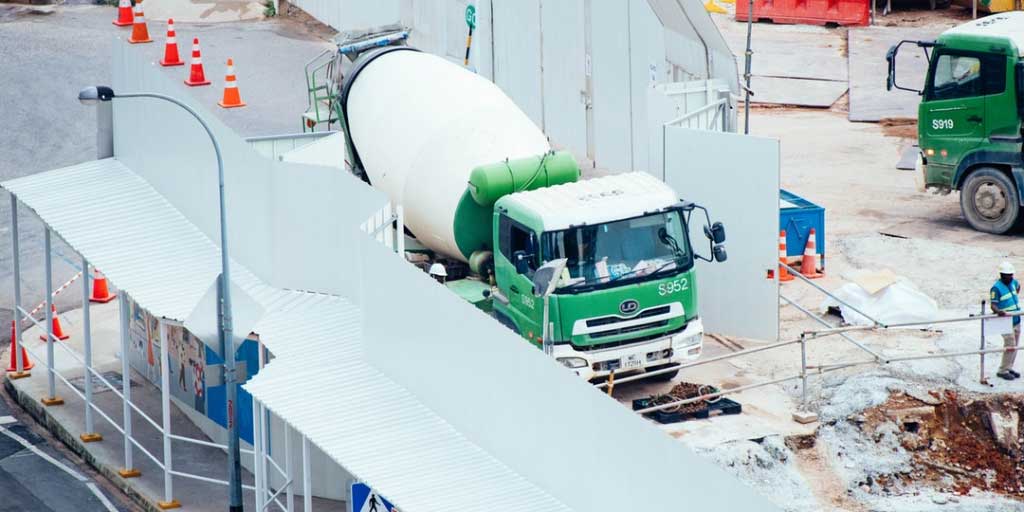
Set-up a dedicated ‘reversing area’ with white lines or longitudinal guides. These should inform all concerned that these are the areas reserved for reversing, and no other persons are allowed in the area. If there is an existing reversing area in the work site, the management can also plan out for a much larger reversing space to improve the visibility for workers and drivers.
Non-essential personnel and workers should not be allowed entry to areas where vehicles and delivery trucks are reversing. This will limit the accidents and injuries that may happen in the workplace.
Consider installing reversing aids like reversing cameras or sensors. Bigger trucks and vehicles are known for their larger blind spots which can make it difficult for drivers to see the surroundings. Install a 2-camera or even a 4-camera reversing kit in trucks and larger vehicles.
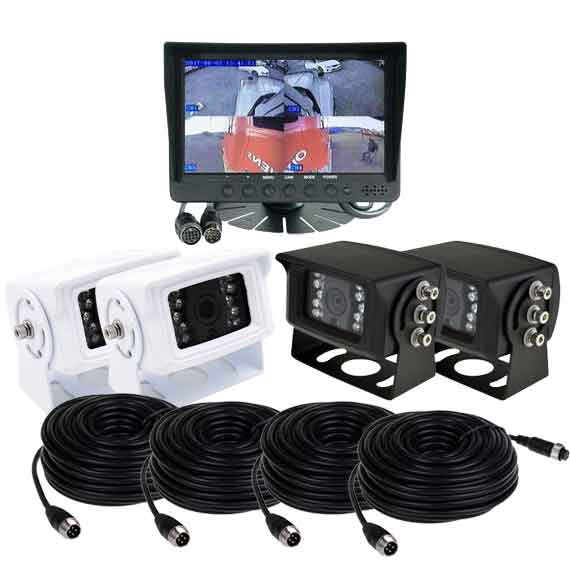 Use a skilled signaller. This is also a recommended step that companies can take after exhausting all available options.
Use a skilled signaller. This is also a recommended step that companies can take after exhausting all available options.
Planning a safe workplace requires commitment and an investment in a number of safety strategies. Some of these tested strategies is to train drivers and workers regarding reversing and to install the appropriate safety equipment and tools like reversing cameras.



